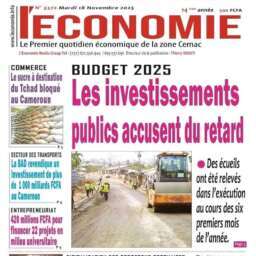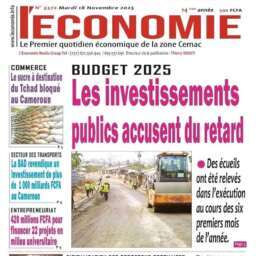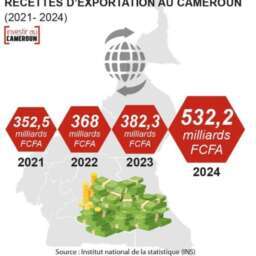(Business in Cameroon) – The Cameroonian government has taken a new step in its decentralization process by adopting a Harmonized Methodological Guide for Allocating Resources to Decentralized Territorial Collectivities (CTD). The document, developed under the coordination of the Ministry of Economy, Planning, and Regional Development (Minepat), in collaboration with the Ministries of Finance and Decentralization, aims to serve as a unified tool for governance and transparency.
According to Minister of Economy Alamine Ousmane Mey, the guide is intended to “strengthen the coherence between local needs and national priorities, optimize the use of resources, and contribute to the balanced and sustainable development of all CTDs.”
The guide arrives as the financial autonomy of Cameroon’s communes and regions remains fragile, hindered by administrative oversight and limited technical capacity. While established in 2019, the General Decentralization Allocation (DGD) still falls short of legal ambitions. In 2024, it totaled 292.5 billion CFA francs, amounting to barely 7% of public expenditure, well below the 15% mandated by the General Code of Decentralized Territorial Collectivities.
Since 2018, more than 2.3 trillion CFA francs have been transferred to CTDs, primarily to finance local infrastructure such as water points, rural markets, and municipal roads. However, disbursement delays, weak local taxation, and a lack of budgetary visibility limit the actual impact of these investments.
Analyses conducted by Minepat highlighted several deficiencies, including often inequitable distribution, resource fragmentation, a mismatch between allocations and actual needs, and inefficient egalitarianism. Furthermore, CTD conferences held over the last three years revealed that nearly 300 communes received no transferred resources over the past five years.
To remedy these issues, the new guide proposes a methodology based on principles of equity, transparency, predictability, and accountability.
The system relies on four key stages. It begins with determining the overall transferable envelope based on the State Financial Operations Table and available resources. It then proceeds to split funds between multi-sectoral and sectoral allocations, followed by integration into the Medium-Term Budgetary Framework for coherent three-year planning. Finally, the total is distributed among CTDs using criteria that combine territorial equity, project execution performance, and local resource mobilization efforts.
This approach aims to ensure territorial justice while incentivizing CTDs toward better budgetary performance. It will also provide local authorities with multi-year visibility, facilitating the implementation of larger, sustainable projects.
For the government, this guide represents an essential step toward more effective and balanced decentralization, ensuring every collectivity has the necessary resources to meet the needs of its population.
Frédéric Nonos



































